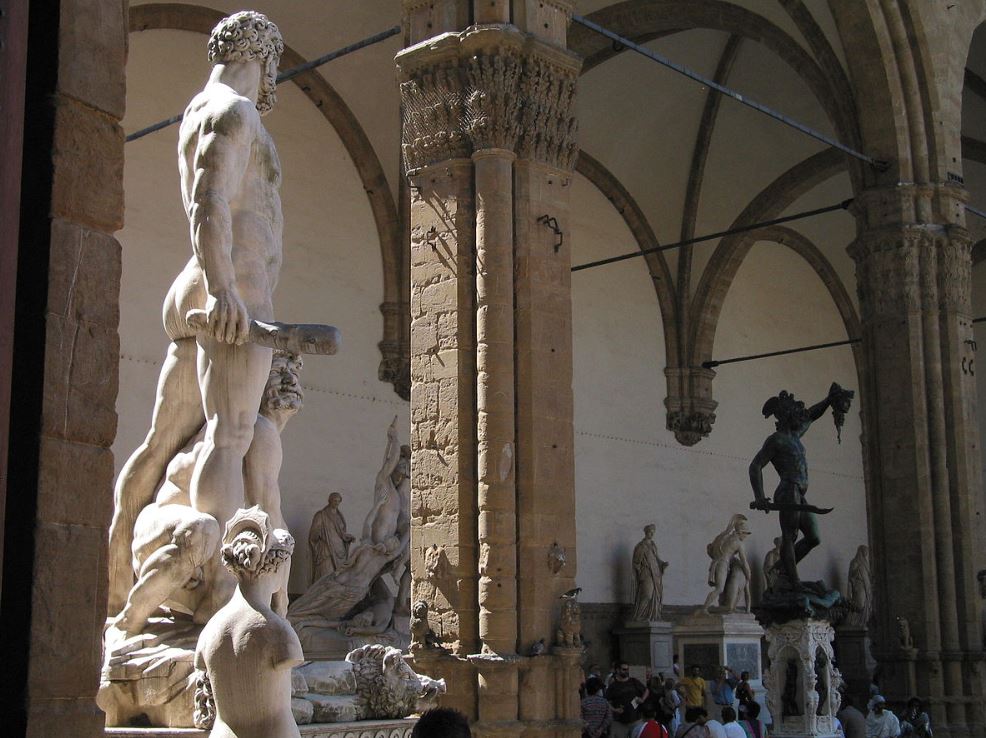You will hardly find a better place to admire sculptures than in the streets and squares of Florence, the capital city of the Tuscany region in central Italy.
Not all statues in Florence are original ones because several have been placed in Florentine museums. This doesn’t apply to this one decorating the historical heart of the city.
This Renaissance sculpture has a history that is about as intriguing as the work itself, mainly because of the turbulent political situation in the early 16th century.
In this article, you will learn some of the most interesting facts about Hercules and Cacus by Baccio Bandinelli, a sculpture with more than one remarkable story to tell.
1. It’s located near the entrance of a famous landmark in Florence
The statue of Hercules and Cacus is one of the countless amazing attractions in Florence, a city often referred to as the birthplace of the Renaissance.
This 16th-century masterpiece stands on the right side of the entrance of one of the most iconic buildings in Florence, the Palazzo Vecchio.
It’s situated in between this distinctive town hall of Florence and the Loggia dei Lanzi.
This is a portico that pretty much serves as an open-air sculpture gallery that houses the world-famous sculpture by Cellini titled Perseus with the head of Medusa.
This is in the utmost southern part of the Piazza della Signoria, the famous square that marks the historical heart of the city.
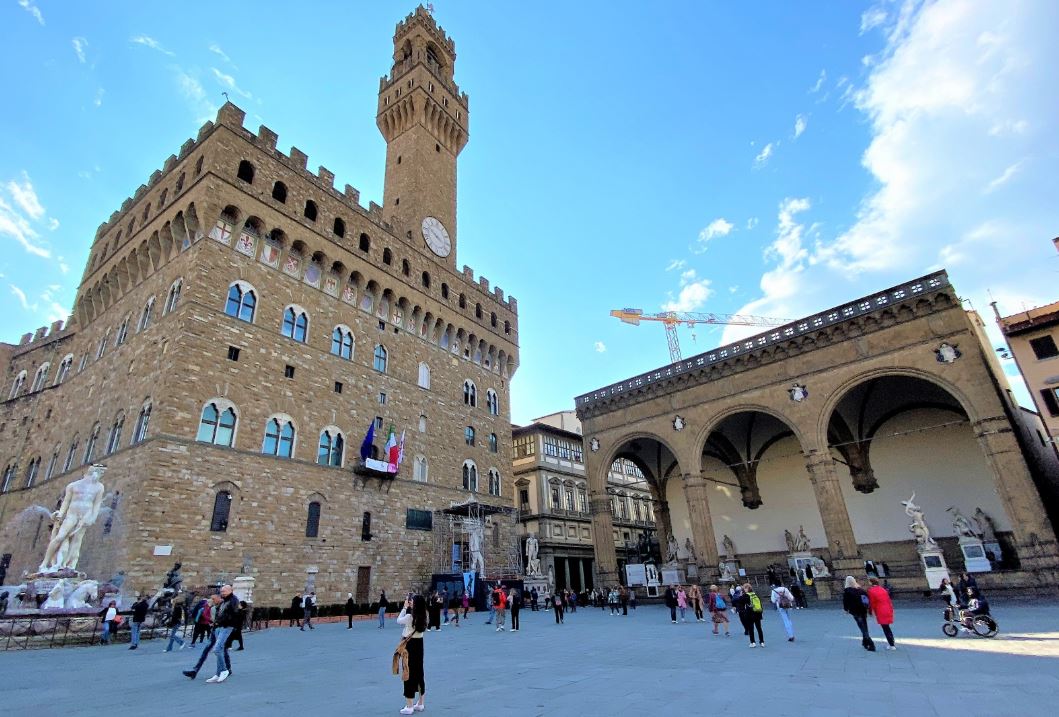
2. It depicts a Roman god who is characterized by physical strength
The sculpture depicts a scene from Roman Mythology in which Hercules slays a fire-breathing giant called Cacus.
Hercules was the Roman equivalent of the Greek divine hero Heracles and was renowned for his strength. This is reflected in the extremely muscular body he has in this sculpture.
The concept of this subject was to emphasize power. This obviously means it was politically motivated, a pretty common propaganda technique during the Renaissance.
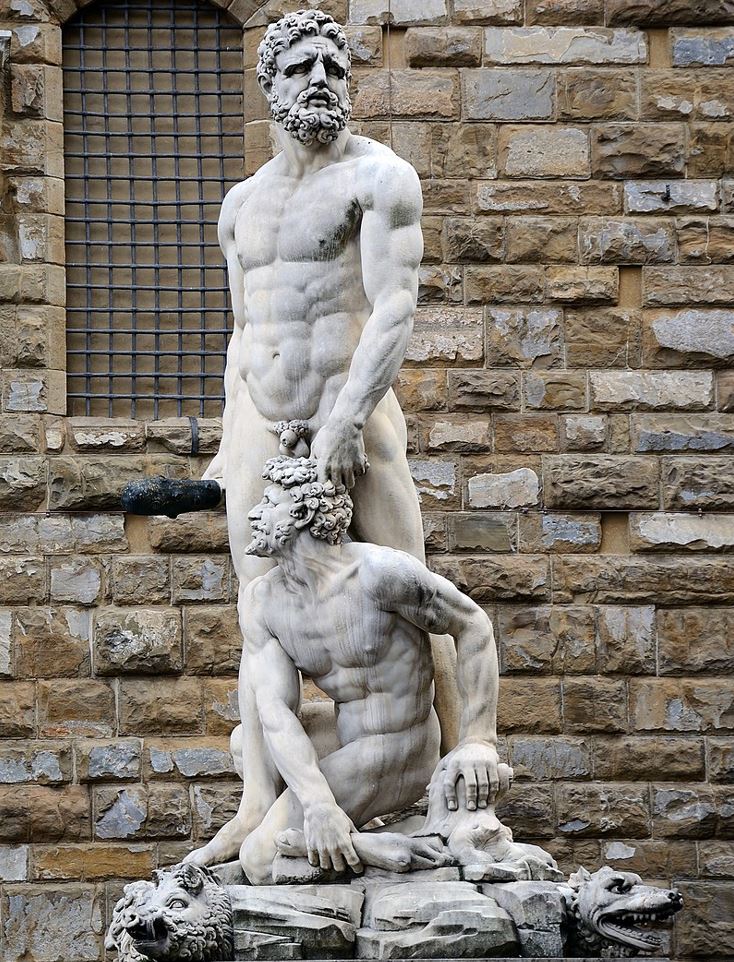
3. It was commissioned to stand beside Michelangelo’s most famous work
The sculpture decorates the left side of the entrance of the Palazzo Vecchio and it’s accompanied by an even more famous sculpture, The Statue of David by Michelangelo (1475-1564).
This monumental work of art was carved between 1501 and 1504 when the Renaissance sculptor was still in his twenties.
The statue of Hercules and Cacus was commissioned shortly after in 1508 to complement the Biblical hero who is about to slay the giant Goliath.
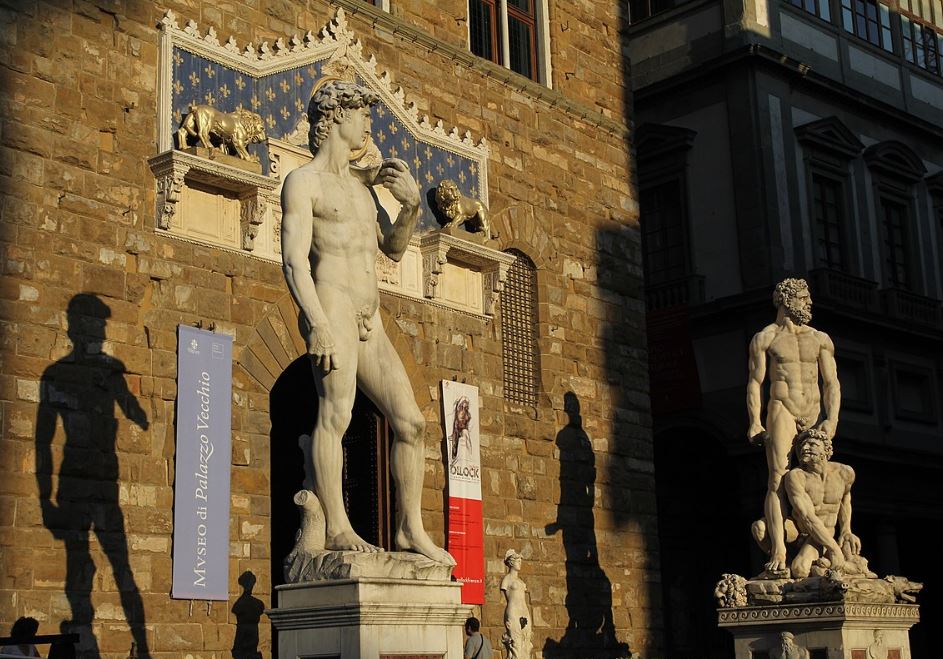
4. Michelangelo never managed to start working on the sculpture
Michelangelo earned the commission in 1508 because his version of David was one of the most astounding sculptures ever created.
The man who engaged the Italian artist was Piero Soderini (1451-1522), a prominent statesman or “gonfaloniere” in the Republic of Florence.
The sculpture was carved from a single block of Carrara marble and it took a while before this extremely heavy block arrived in Florence.
It took so long that Michelangelo left for Rome to work on the ceiling of the Sistine Chapel.
During his absence in 1512, the Medicis returned to power and he never managed to get started on Hercules and Cacus.
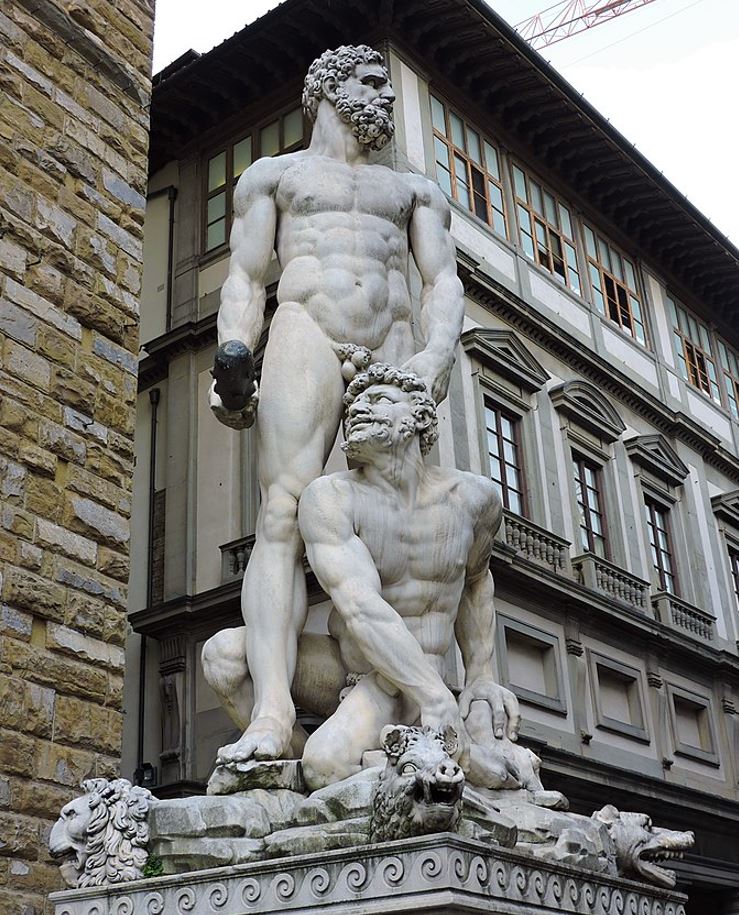
5. The commission was given to another sculptor by a Medici Pope in 1523
The project was shelved for over a decade because the Medicis had more important things on their mind. They needed to consolidate their power which they violently took back.
It wasn’t until this was done that they could focus again on this project. This happen when Pope Clement VII (Giulio de Medici) commissioned Baccio Bandinelli (1493-1560) to complete the sculpture in 1523.
The block of Carrara marble arrived in 1525 and Bandinelli started working on this commission until the unthinkable happened.
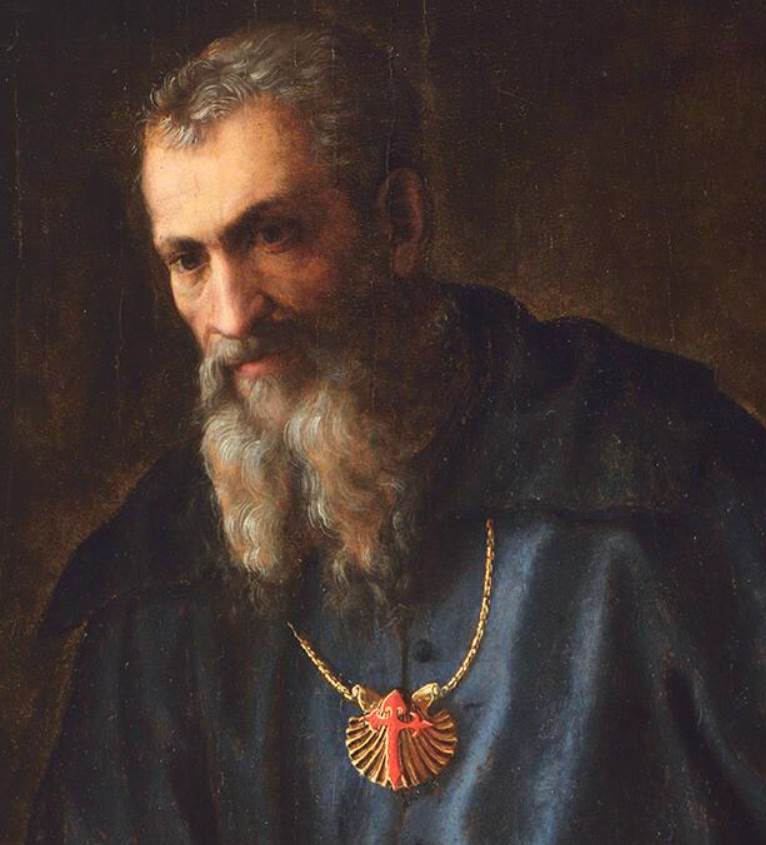
6. The work almost had a different subject matter due to another political event
Contemporary art historian Giorgio Vasari (1511-1574) mentioned that Bandinelli was about halfway in 1527 and was about to start working on Hercules’ abdomen.
This was the year that the Sack of Rome occurred and the “most unfortunate of all popes” Clement VII was taken prisoner in his own city.
As you remember, Clement VII was the man who initiated the project. His temporary demise resulted in the powers in Florence shifting once again to the leaders of the Florentine Republic.
Bandinelli left Florence as well and the project was once again given to Michelangelo in 1527. I told you that the history of the sculpture was quite rocky, right?
He produced a terracotta model for the marble sculpture depicting a scene of Samson Slaying the Philistines. This means that the sculpture might have looked quite different if this had been completed.

7. The sculpture was heavily criticized but this might have been politically motivated
Holy Roman Emperor Charles V helped the Medici family to return to power in 1530 and this also marked the year that Baccio Bandinelli started working on the sculpture once again.
He completed Hercules and Cacus in 1534 and it was unveiled on top of its marble pedestal on the Piazza della Signoria that year.
The response of the public and fellow artists was lukewarm, to say the least. Vasari preferred Michelangelo to complete the sculpture and didn’t like the design.
Benvenuto Cellini (1500-1571) openly mocked the sculpture by stating that the muscular back of Hercules looks like a “sack full of melons.”
Granted, we need to realize that these opinions were most probably politically motivated, just like the commissioned of the sculpture itself.

8. Hercules and Cacus by Baccio Bandinelli is a monumental work of art
Hercules and Cacus by Baccio Bandinelli stands 505 centimeters (198.81 inches) tall which makes it only slightly shorter than Michelangelo’s David at 517 centimeters (203.54 inches).
Because it’s placed in front of the extremely robust castle-like Palazzio Vecchio, it initially appears to be much smaller than it really is.
It’s only when you stand right next to it that you can appreciate the true colossal nature of this sculpture which was carved from a single block of Carrara marble.
Simply amazing, don’t you think?
